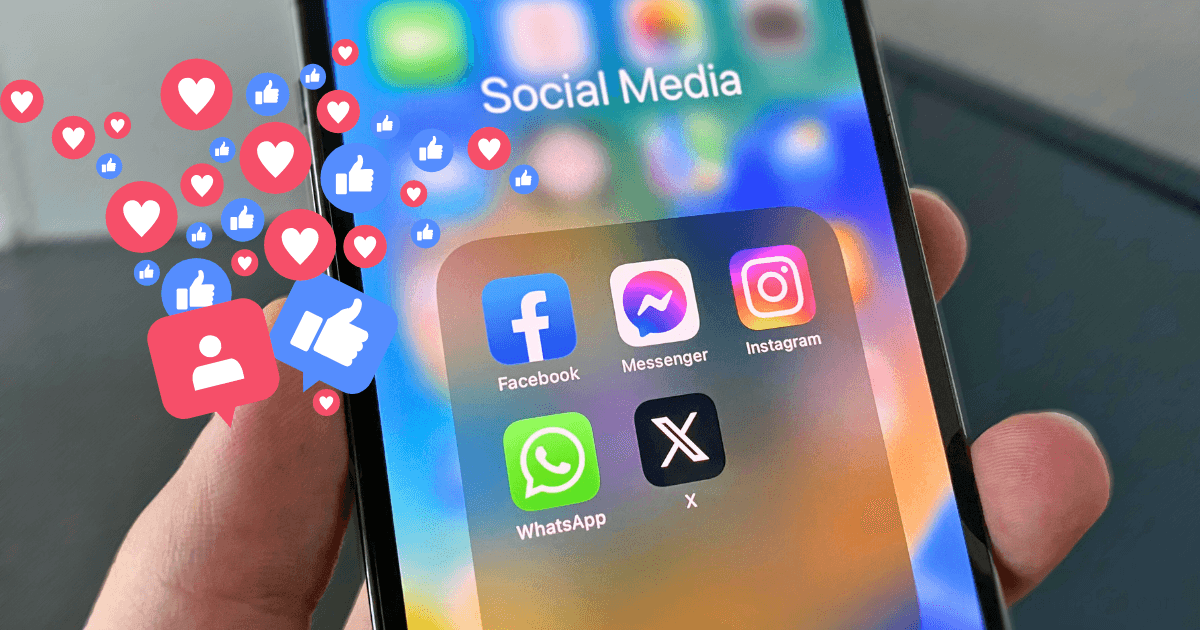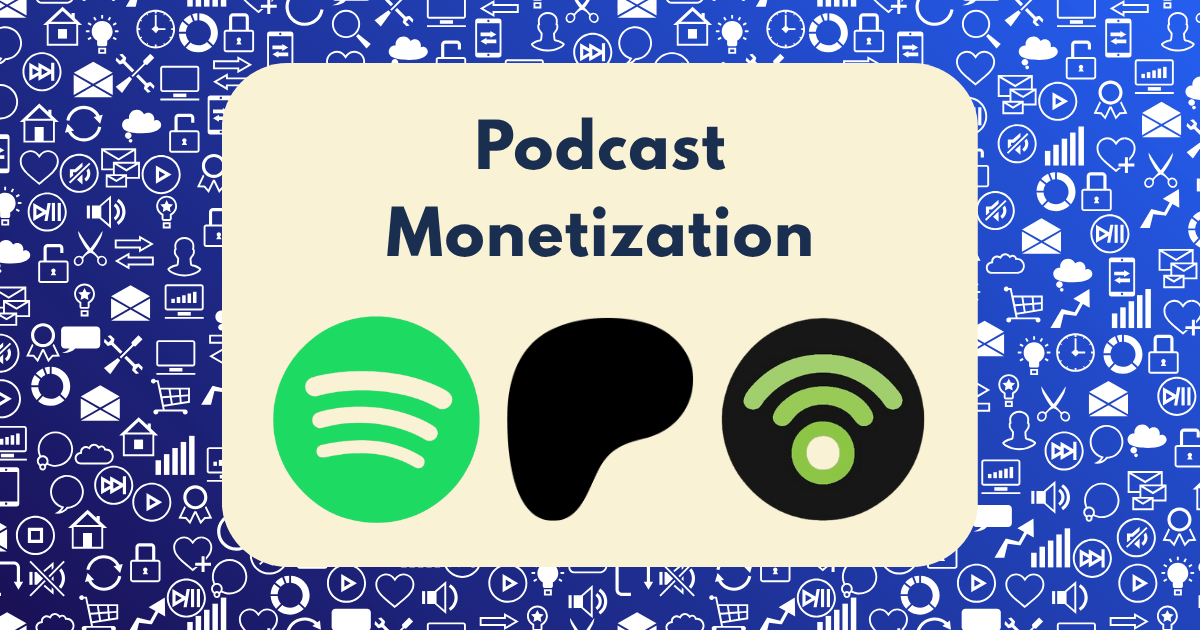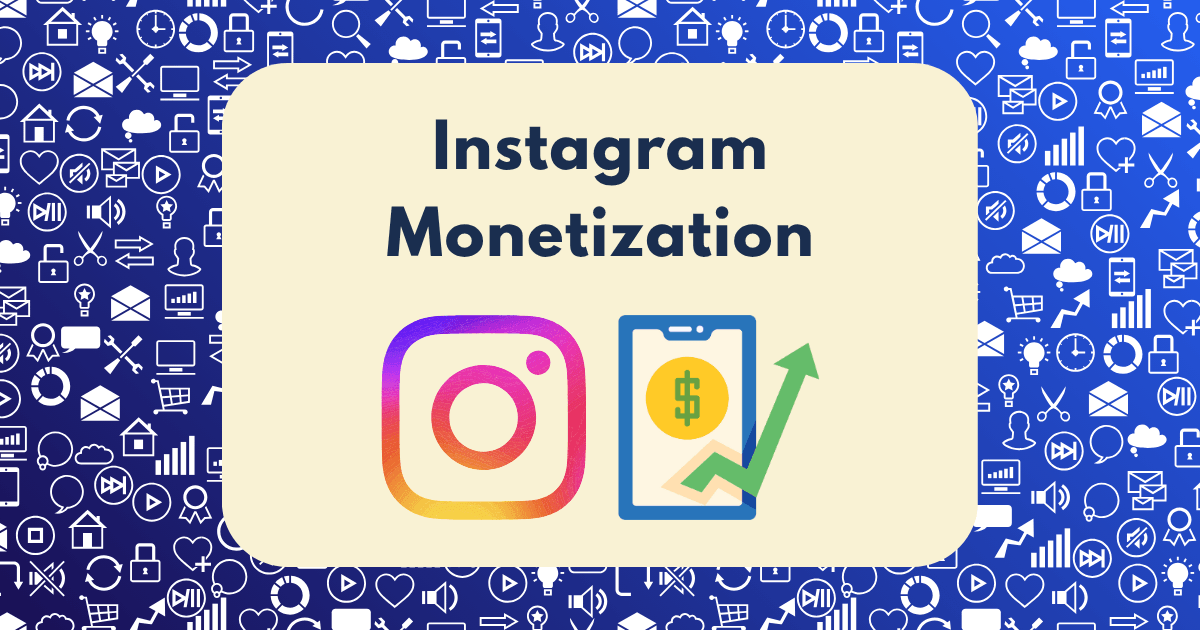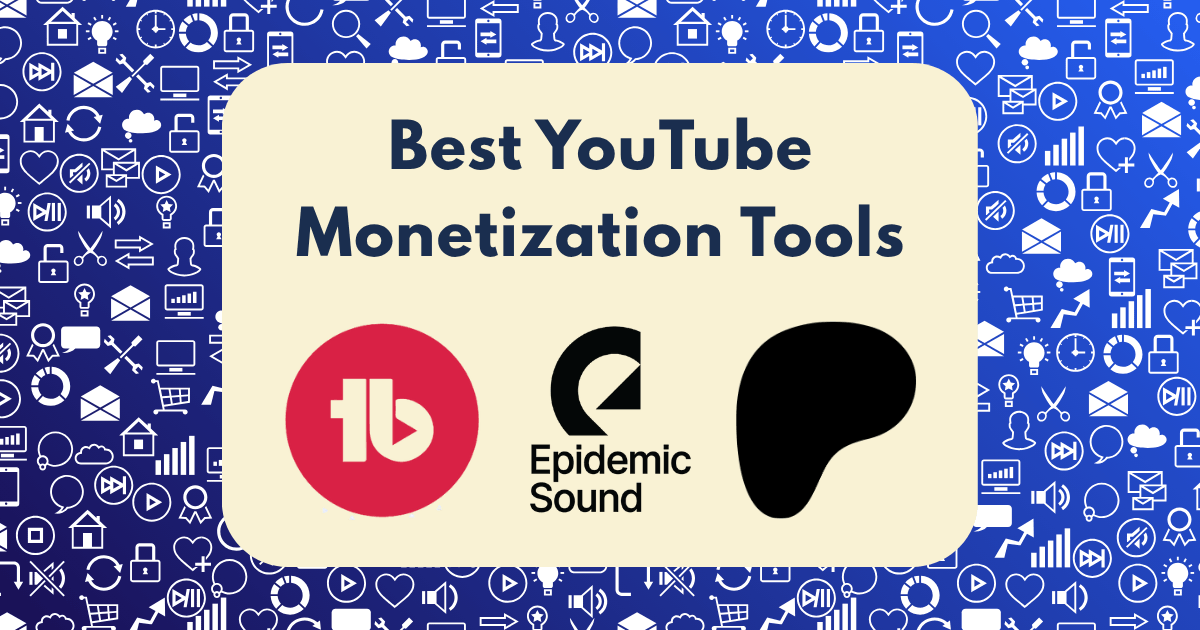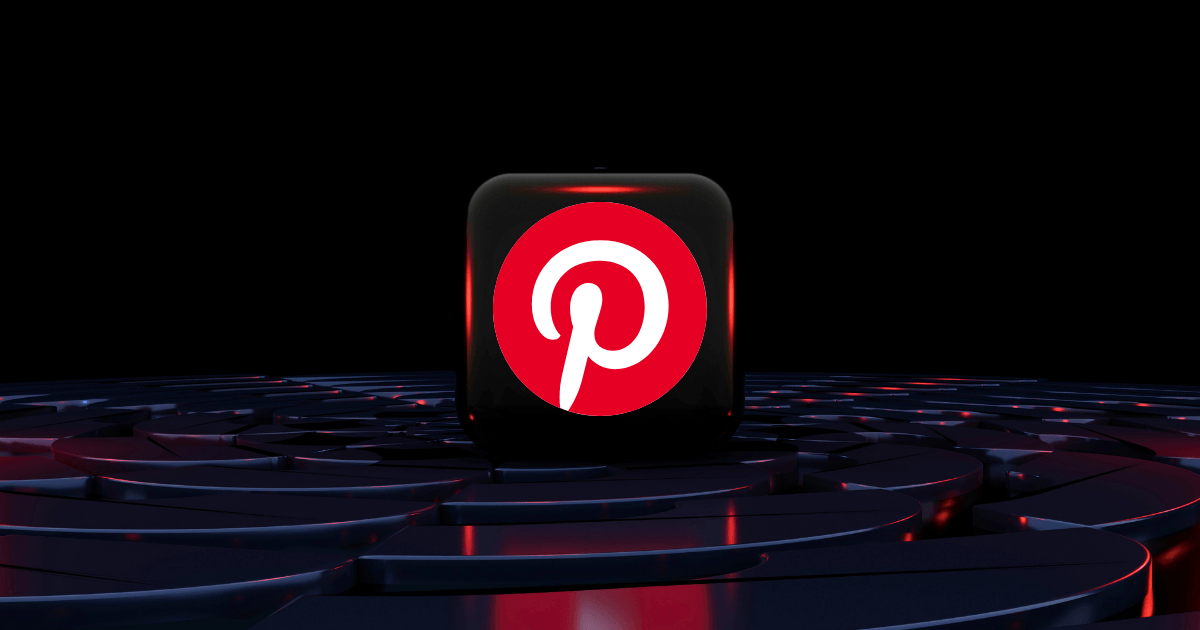Instagram Monetization Beyond Sponsored Posts: 7 Revenue Streams I’ve Built With 5K Followers
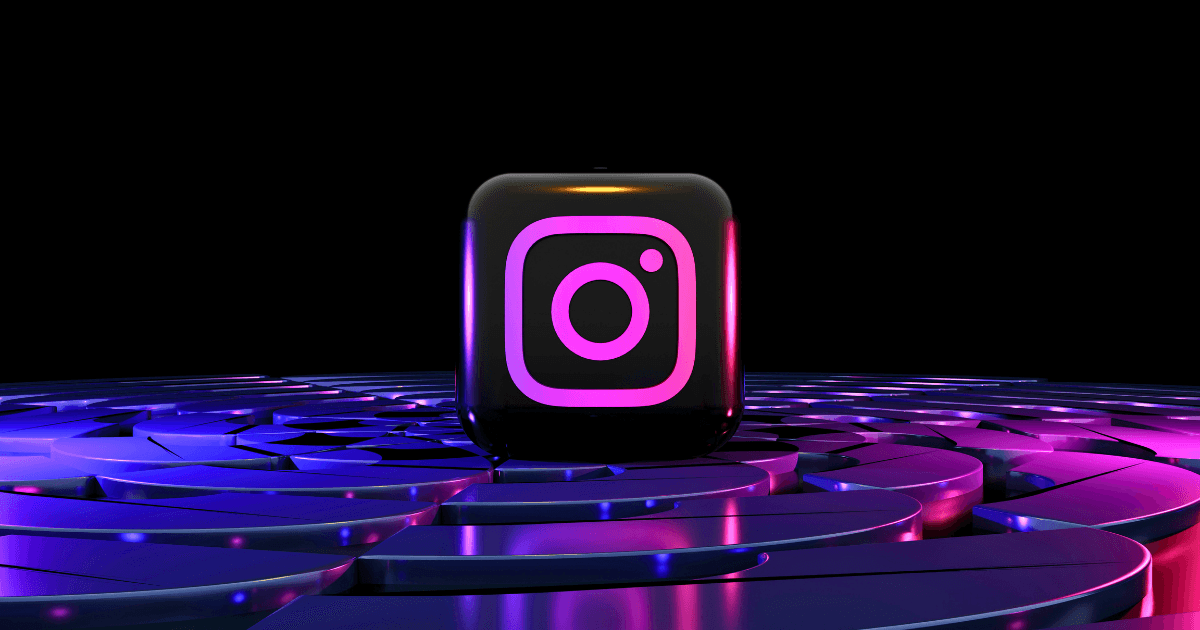
When I started my Instagram account two years ago, I believed the only way to make real money was to amass hundreds of thousands of followers and land lucrative brand deals. I was wrong.
With just 5,000 followers—a number many would consider too small for serious monetization—I’ve built seven distinct revenue streams that collectively generate between $3,200 and $4,500 monthly. And surprisingly, traditional sponsored posts make up less than 20% of that income.
In this post, I’ll share the exact strategies I’ve implemented, the tools I use, and the realistic income potential for each revenue stream. No fluff, no exaggerations—just practical approaches that work for creators with modest followings in 2025.
The Reality of Monetizing a Small Instagram Following
Before diving into specific strategies, let’s address some misconceptions about monetizing smaller Instagram accounts:
Misconception #1: You need at least 10K followers to make money.
Reality: While 10K unlocks some features like swipe-up links, I started generating income with just 1,000 engaged followers.
Misconception #2: Sponsored posts are the primary income source.
Reality: For smaller creators, sponsored content often provides less income than other, more scalable revenue streams.
Misconception #3: Monetization requires compromising your content quality.
Reality: The most sustainable monetization strategies actually improve your content and audience relationship.
According to Later’s Creator Economy Report, micro-influencers (under 10K followers) with engaged audiences often see higher conversion rates than larger accounts, making them increasingly valuable in the 2025 creator economy.
Let’s explore the seven revenue streams I’ve developed, starting with the most profitable.
Revenue Stream #1: Digital Product Sales ($1,200-1,500/month)
Selling digital products directly to my audience has become my largest income source, accounting for roughly 35% of my monthly revenue.
What I Sell
I create and sell digital products that solve specific problems for my audience:
- Lightroom presets collection ($27)
- Content planning templates ($37)
- Instagram caption swipe file ($19)
- Mini-course on flat lay photography ($67)
Implementation Strategy
- Identify audience pain points: I used Instagram polls and question stickers to ask followers about their biggest challenges.
- Create targeted solutions: I developed products specifically addressing these challenges, starting with a simple preset pack.
- Set up a streamlined sales system: I use Gumroad for digital product delivery due to its simplicity and low fees (5% + $0.30 per transaction).
- Develop a promotion calendar: I promote products subtly throughout my content, with dedicated promotional posts making up only 10% of my feed.
- Create product-specific highlights: I maintain Instagram Highlights showcasing product tutorials and customer results.
Results Breakdown
- Average monthly sales: 45-55 units
- Average price point: $27
- Monthly revenue: $1,200-1,500
- Time investment: 10-15 hours per month (including customer support)
Key Insight
The products that sell best aren’t necessarily the most comprehensive—they’re the ones that solve a specific, immediate problem. My $19 caption swipe file outsells my $67 course despite the price difference because it addresses an urgent, everyday need.
Revenue Stream #2: Service Offerings ($800-1,200/month)
My Instagram presence serves as a portfolio and trust-building platform for my service business, generating 25-30% of my monthly income.
Services I Offer
I provide specialized services aligned with my content niche:
- Content creation packages for brands ($350-500)
- 1:1 Instagram strategy sessions ($150)
- Monthly content audits ($200)
Implementation Strategy
- Demonstrate expertise through content: I regularly share educational posts showcasing my knowledge and results.
- Create a service-specific landing page: I use Linktree to direct interested followers to my services page.
- Share client results: With permission, I highlight client success stories through before/after posts and testimonial graphics.
- Limit availability: I only take 3-4 service clients monthly, creating scarcity and maintaining quality.
- Use Stories for behind-the-scenes: I share my process and client work (with permission) to demonstrate my services in action.
Results Breakdown
- Average monthly clients: 3-4
- Average project value: $275
- Monthly revenue: $800-1,200
- Time investment: 15-20 hours per month
Key Insight
Positioning is everything. I don’t promote myself as a “social media manager” (oversaturated market) but as a “visual content strategist for sustainable brands” (specific niche with higher perceived value).
Revenue Stream #3: Affiliate Marketing ($500-700/month)
Strategic affiliate partnerships generate approximately 15-20% of my monthly income without requiring sponsored content.
My Affiliate Strategy
Rather than promoting random products for commissions, I focus on:
- Tools I genuinely use daily (editing apps, camera equipment)
- Products that naturally fit my content (sustainable fashion, home goods)
- Services my audience regularly asks about (hosting, email marketing)
Implementation Strategy
- Join relevant affiliate programs: I use ShareASale, Amazon Associates, and direct brand programs.
- Create valuable comparison content: Instead of basic promotions, I create genuinely helpful comparison posts (e.g., “I Tested 5 Editing Apps So You Don’t Have To”).
- Add affiliate links to my bio: I use Linkin.bio to create a shoppable feed of products I mention.
- Develop evergreen tutorial content: I create tutorials featuring affiliate products, providing value while generating passive commission.
- Disclose partnerships transparently: I always use #affiliate or #ad tags to maintain trust and comply with FTC guidelines.
Results Breakdown
- Average monthly clicks: 1,200-1,500
- Average conversion rate: 3.2%
- Average commission rate: 12%
- Monthly revenue: $500-700
- Time investment: 5-8 hours per month
Key Insight
Conversion rates are significantly higher when I create dedicated content around a product rather than simply mentioning it. My in-depth camera comparison post generates 5x more affiliate revenue than casual product mentions in regular content.
Revenue Stream #4: Digital Membership Community ($400-600/month)
In 2025, community is currency. My membership program provides recurring revenue while deepening audience relationships.
My Membership Offering
I run a membership community focused on my niche:
- Monthly subscription at $27/month or $270/year
- Current member count: 22 (15 monthly, 7 annual)
- Retention rate: 84% after three months
Implementation Strategy
- Start with a free community: I built a free Instagram engagement pod that evolved into a paid community.
- Identify premium value opportunities: I surveyed members about what they’d pay for, then built those features.
- Use Circle ($49/month) as my community platform for its robust features and Instagram integration.
- Create consistent value cadence: I maintain a predictable schedule of exclusive content and events:
- Weekly expert Q&A sessions
- Monthly masterclass on rotating topics
- Bi-weekly co-working sessions
- Resource library access
- Promote through exclusive previews: I share snippets of membership content on my public feed to generate interest.
Results Breakdown
- Monthly subscription revenue: $405
- Annual subscription revenue: $157 (amortized monthly)
- Platform costs: $49/month
- Net monthly revenue: $513 (average)
- Time investment: 10-12 hours per month
Key Insight
The community’s value isn’t in the content I create but in the connections members form with each other. The most engaged members cite peer relationships as their primary reason for staying subscribed.
Revenue Stream #5: Sponsored Content ($300-600/month)
While not my primary focus, strategic sponsored partnerships still contribute 10-15% of my monthly income.
My Sponsorship Approach
I’m selective about partnerships, focusing on:
- Brands aligned with my audience’s interests
- Products I would use regardless of payment
- Long-term relationships over one-off posts
Implementation Strategy
- Create a media kit: I developed a professional media kit highlighting my engagement rate (7.2%) over follower count.
- Join creator marketplaces: I use Aspire, Fohr, and #paid to connect with relevant brands.
- Pitch directly to ideal partners: I proactively reach out to brands I love with customized collaboration ideas.
- Focus on value beyond reach: I emphasize content creation skills and audience trust rather than just impressions.
- Structure tiered packages: I offer options ranging from basic Stories to comprehensive campaign packages.
Results Breakdown
- Average monthly partnerships: 1-2
- Average partnership value: $350
- Monthly revenue: $300-600 (varies significantly)
- Time investment: 4-8 hours per month
Key Insight
As a smaller creator, I’ve found more success positioning myself as a content creator rather than an influencer. Brands often value high-quality, authentic content they can repurpose more than pure reach.
Revenue Stream #6: Print-on-Demand Merchandise ($200-350/month)
My merchandise line provides passive income while strengthening community identity.
My Merchandise Strategy
I created a small line of products featuring:
- Phrases and inside jokes from my content
- Aesthetic designs aligned with my visual style
- Practical items my audience actually uses
Implementation Strategy
- Use Printful integration with Shopify Lite ($9/month) for production and fulfillment.
- Start with limited designs: I launched with just three designs across multiple products to test demand.
- Incorporate audience input: I use polls to let followers vote on new designs and products.
- Create product-in-use content: I regularly feature merchandise in my regular content rather than creating separate promotional posts.
- Offer exclusive launches: I give my email subscribers and top Instagram followers early access to new designs.
Results Breakdown
- Average monthly orders: 12-18
- Average order value: $32
- Monthly revenue: $380-570
- Production and platform costs: $180-220
- Net monthly profit: $200-350
- Time investment: 3-5 hours per month (after initial setup)
Key Insight
Limited-time releases create urgency and drive higher sales than permanently available merchandise. My 7-day launch windows generate 3x the sales of always-available products.
Revenue Stream #7: Workshop and Event Hosting ($100-300/month)
Hosting virtual and occasional in-person events provides both income and authority-building opportunities.
My Event Strategy
I host a mix of events including:
- Monthly virtual workshops ($27-47)
- Quarterly in-depth masterclasses ($97)
- Occasional in-person meetups ($15-25)
Implementation Strategy
- Use Eventbrite for ticketing due to its Instagram integration and familiar checkout.
- Create event-specific hashtags: Each workshop has a unique hashtag for community building and content sharing.
- Partner with complementary creators: I co-host events with creators in adjacent niches to expand reach.
- Record and repurpose content: Workshops are recorded and sold as digital products afterward.
- Use countdown stickers: I leverage Instagram’s countdown feature to build anticipation and allow followers to set reminders.
Results Breakdown
- Average monthly workshop attendees: 8-12
- Average ticket price: $37
- Monthly revenue: $300-450
- Platform fees and costs: $50-100
- Net monthly profit: $250-350 (highly variable)
- Time investment: 6-10 hours per month
Key Insight
Smaller, more frequent workshops (under $50) have higher attendance and better overall revenue than occasional premium events, despite the lower price point.
Putting It All Together: My Monthly Revenue Breakdown
Here’s how these seven revenue streams combine to create a sustainable income from a relatively small Instagram following:
| Revenue Stream | Monthly Income | % of Total | Time Investment |
| Digital Products | $1,200-1,500 | ~35% | 10-15 hours |
| Service Offerings | $800-1,200 | ~25% | 15-20 hours |
| Affiliate Marketing | $500-700 | ~15% | 5-8 hours |
| Membership Community | $400-600 | ~12% | 10-12 hours |
| Sponsored Content | $300-600 | ~10% | 4-8 hours |
| Merchandise | $200-350 | ~6% | 3-5 hours |
| Workshops/Events | $100-300 | ~5% | 6-10 hours |
| TOTAL | $3,500-4,250 | 100% | 53-78 hours |
This creates an effective hourly rate between $45-80, significantly higher than most freelance social media management rates.
Key Principles for Monetizing a Small Following
Through building these revenue streams, I’ve identified several principles that apply regardless of your specific niche:
1. Engagement Trumps Follower Count
My 7.2% engagement rate (high for Instagram) allows me to monetize effectively despite my relatively small following. Focus on building a highly engaged audience rather than raw follower numbers.
2. Solve Specific Problems
Each of my successful revenue streams directly addresses a specific pain point or desire expressed by my audience. General or vague offerings consistently underperform.
3. Stack Complementary Revenue Streams
Notice how my revenue streams reinforce each other: workshop attendees often become membership subscribers, digital product buyers frequently book services, etc.
4. Maintain Content-to-Promotion Balance
I follow the 80/20 rule: 80% valuable content, 20% promotional content. This maintains audience trust while creating monetization opportunities.
5. Test Minimum Viable Offerings
I never invest significant time in a new revenue stream without testing a simplified version first. My digital product line started with a single $17 preset pack before expanding.
Common Monetization Mistakes to Avoid
In my journey and through observing other creators, I’ve identified several common pitfalls:
1. Promoting Too Many Products
Recommending too many different products dilutes trust and affiliate conversions. I limit myself to featuring a maximum of two new products per week.
2. Underpricing Digital Products
Many creators price based on their perception of value rather than customer perception. I initially priced my presets at $9 before realizing customers happily paid $27 for the same value.
3. Creating Without Validation
Building products or services without confirming audience interest leads to poor sales. Every offering I create now starts with audience research and pre-validation.
4. Neglecting Email Collection
Relying solely on Instagram for sales is risky due to algorithm changes. I capture email addresses at every opportunity to build an audience I fully control.
5. Inconsistent Monetization Messaging
Randomly promoting different offerings creates confusion. I maintain a consistent promotional calendar so followers know what to expect.
Getting Started: Your First 30 Days
If you’re looking to implement these strategies with your own Instagram following, here’s a 30-day action plan:
Days 1-7: Research & Foundation
- Conduct follower survey to identify pain points and interests
- Analyze your top-performing content for monetization opportunities
- Set up basic tools (Linktree, Gumroad account)
- Create a simple media kit highlighting engagement metrics
Days 8-14: First Revenue Stream
- Develop a minimum viable digital product based on audience feedback
- Create promotional assets (graphics, Stories templates)
- Set up payment processing and delivery system
- Launch to your audience with a limited-time offer
Days 15-21: Optimization & Expansion
- Gather feedback from initial customers
- Refine your offering based on responses
- Implement affiliate links for products you already mention
- Create a simple landing page for potential service clients
Days 22-30: Systems & Scaling
- Develop a content calendar balancing value and promotion
- Create templates for recurring promotional content
- Plan your second revenue stream based on first-stream feedback
- Set up analytics to track conversion metrics
Remember, monetization is a marathon, not a sprint. Focus on building sustainable systems rather than quick wins.
Final Thoughts: The Future of Small-Following Monetization
As we move through 2025, I see several emerging trends for creators with smaller followings:
- Hyper-niched communities will continue to outperform general audience building
- Direct monetization features from Instagram will become more accessible to smaller creators
- Collaborative revenue models between creators will create new opportunities
- AI-enhanced content tools will allow creators to scale production while maintaining quality
The most successful small creators won’t be those with marginally bigger followings—they’ll be the ones who build the most thoughtful monetization systems aligned with their unique audience needs.
You don’t need hundreds of thousands of followers to build a profitable Instagram presence. What you need is a engaged community, genuine value to offer, and strategic systems to connect the two.
What monetization strategies are you currently implementing with your Instagram following? Share your experiences in the comments.



